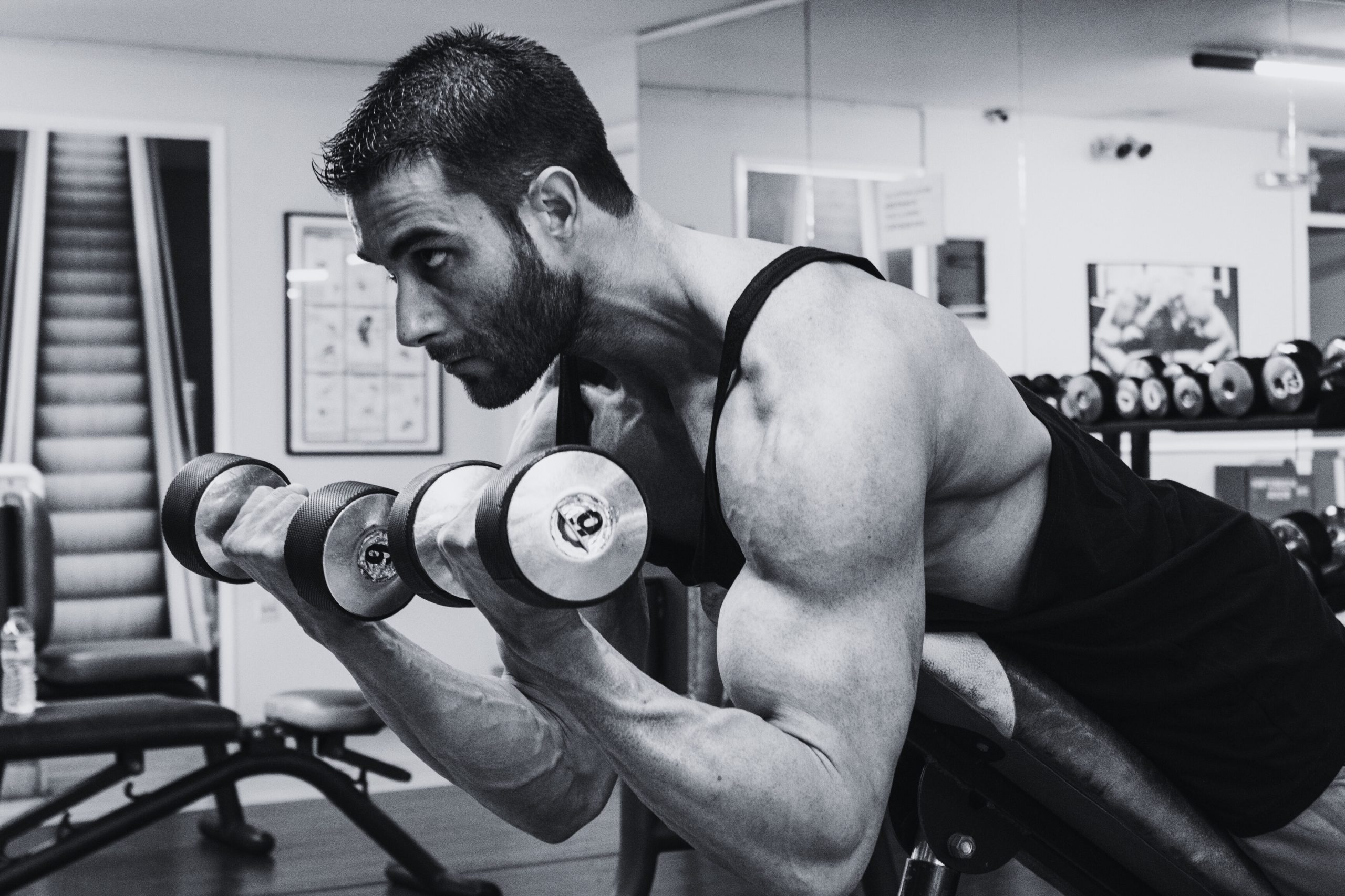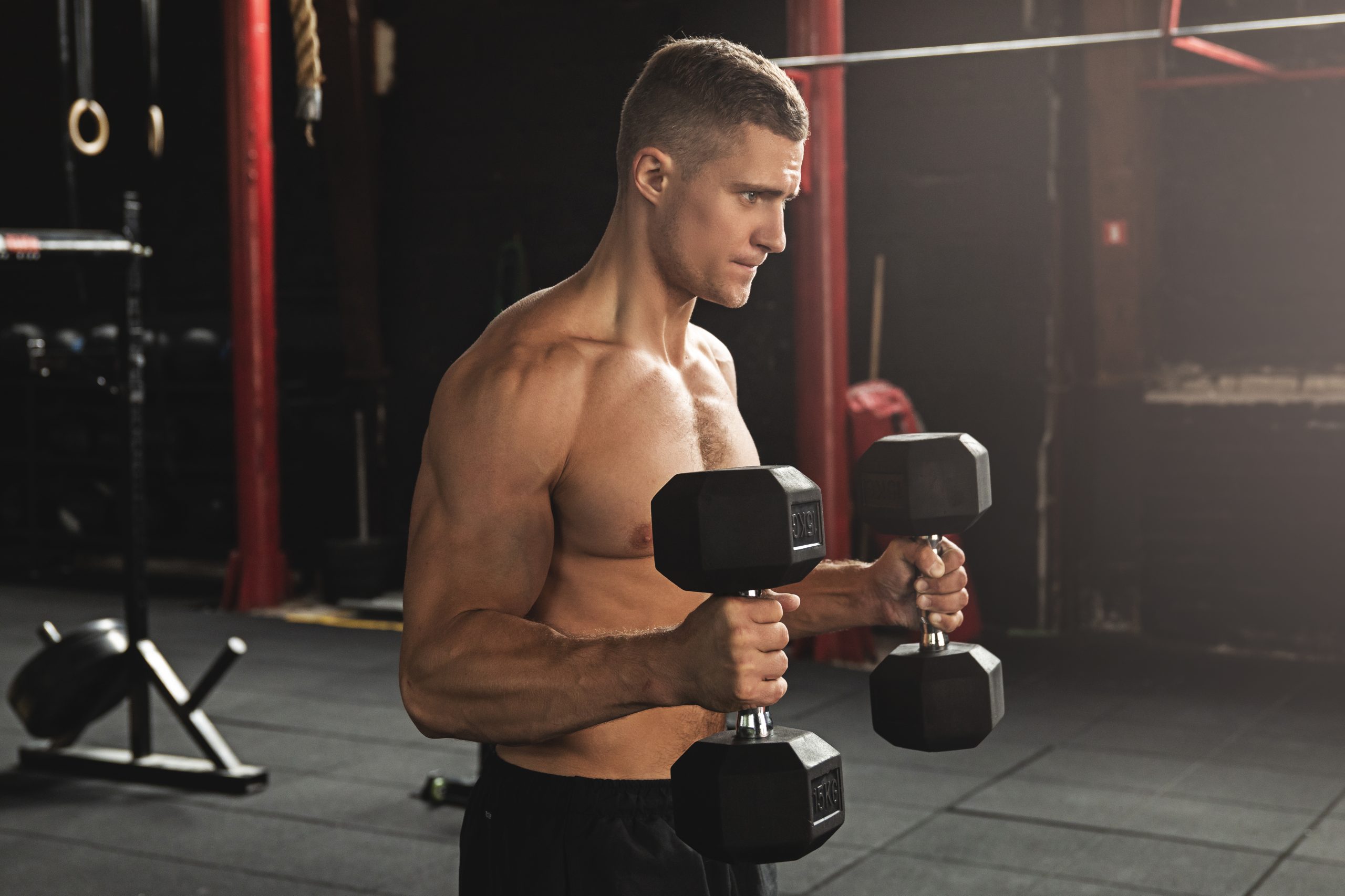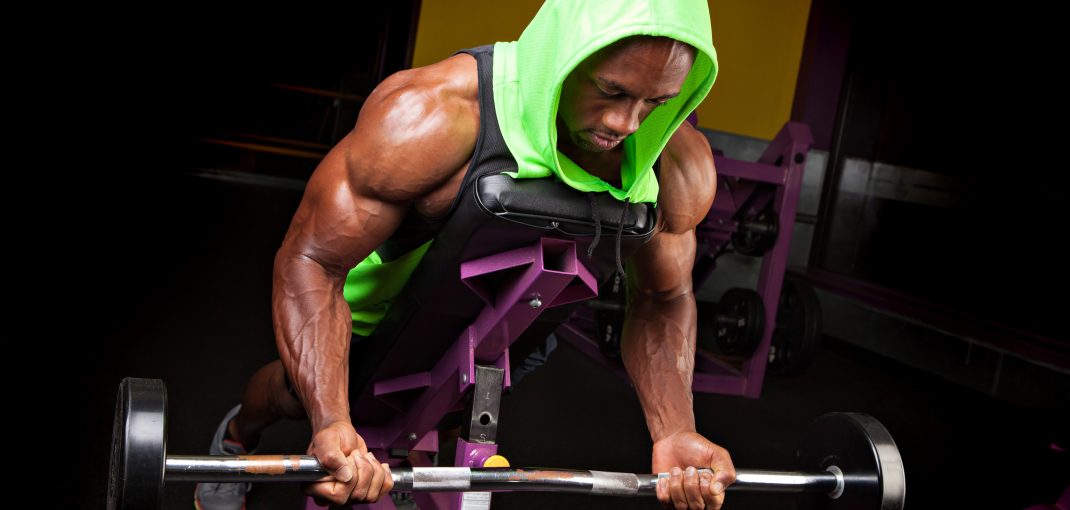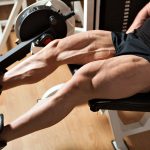If you are a beginner in the gym, you may not have heard about the spider curl. For those of you who already incorporate this exercise into your routine, you know it can be a game changer. Today, we’ll break down the benefits of spider curls, the correct form, common mistakes, and how to incorporate them into your routine. But hold on, the best part…we are going to introduce a superset utilizing spider curls. If you’re looking for the best way to build bigger, stronger biceps, this spider curl superset is a no brainer.
This exercise maximizes muscle activation, eliminates momentum (takes the shoulders out of the movement), and enhances time under tension—key factors for serious arm growth. Don’t just take my word for it, Jay Cutler focused on these for his bicep growth during his infamous 2009 Mr. Olympia run.
Now let’s dive into the proper form for spider curls first! 👇
Mastering The Spider Curl: Proper Form, Best Practices, and Common Mistakes
Spider curls are one of the best isolation exercises for building bigger biceps, but to maximize their effectiveness, you need to focus on proper form and execution. Below, we’ll cover the step-by-step technique, best practices for maximizing gains, and the most common mistakes to avoid.
**You can use an adjustable bench or a standing preacher curl set up by using the back pad at a 90 degree angle like the one in the video below.**
Proper Form for Spider Curls
- Set Up an Incline Bench – Adjust a bench to a 45-degree angle. Lean forward so that your chest rests against the pad, keeping your feet firmly planted on the ground for stability.
- Grip the Weights Correctly – Use either dumbbells, an EZ curl bar, or a barbell with a supinated (palms-up) grip, keeping your hands shoulder-width apart.
- Position Your Arms – Let your arms hang straight down in front of you. Your elbows should be slightly in front of your shoulders to maintain constant tension on the biceps.
- Curl with Control – Without using momentum, contract your biceps to curl the weight upward. Keep your elbows stationary throughout the movement.
- Squeeze at the Top – At the peak of the curl, squeeze your biceps for 1-2 seconds to maximize muscle engagement.
- Lower Slowly – Lower the weight back to the starting position in a slow, controlled motion. Avoid letting your arms fully extend to keep tension on the biceps.
Best Practices for Spider Curls
- Use a Moderate Weight – Focus on form and control rather than lifting excessively heavy weights. This ensures full muscle activation and reduces injury risk.
- Maintain a Slow Tempo – A controlled movement (2-3 seconds on the way up and down) increases time under tension, leading to better muscle growth.
- Incorporate Supersets – To maximize results, pair spider curls with other bicep exercises like hammer curls or incline dumbbell curls for an intense superset.
- Engage the Biceps Fully – Keep your mind focused on contracting the biceps rather than just moving the weight. This improves the mind-muscle connection for better results.
Common Mistakes to Avoid
- Using Momentum – Swinging or jerking the weight reduces biceps engagement and makes the exercise less effective. Keep the movement controlled at all times.
- Not Extending the Arms Fully – Cutting the range of motion short prevents full activation of the biceps. Lower the weight enough to feel a full stretch while maintaining tension.
- Lifting Too Heavy – If you can’t complete a rep with proper form, the weight is too heavy. Choose a weight that allows you to perform controlled reps without cheating.
- Neglecting Superset Intensity – If you’re incorporating spider curls into a superset, minimize rest between exercises to keep the intensity high and maximize muscle fatigue.
- Improper Elbow Positioning – Allowing your elbows to drift back can shift tension away from the biceps. Keep them slightly in front of your shoulders to maintain proper isolation.
Now that we have the proper form down, let’s get the spider curl superset that is sure to give you a nasty pump.

Spider Curl Superset with Hammer Curls: The Perfect Combo for Bigger Arms
Pairing spider curls with hammer curls in a superset is one of the most effective strategies for building stronger, fuller biceps. Combining these two exercises targets multiple aspects of arm development. I like to do this superset towards the end of my workout on arm day. For Back/Bicep days, I do this in the beginning just to make sure my biceps are not completely fatigued at the end of my workout. Mix it up and do what works best for you!
- Spider Curl (Focuses on peak contraction)
- Hammer Curl or Incline Dumbbell Curl (Focuses on brachialis and long head of biceps)
Super Set guide: If exercises are labeled A1 – A2 you will super set these two exercises together. A super set means you will do the first exercise (A1) and then immediately go to the second exercise (A2) with no rest. After you do the first set of A1 & A2, use a 2 minute rest period before you start the second “super set”.
| **We recommend doing a few warm up sets before each exercise at a lower weight. This ensures you are properly warmed up and ready for your “working” sets.** | ||||||||
|---|---|---|---|---|---|---|---|---|
| Exercise | Sets | Reps | Tempo | |||||
| A1 | SPIDER CURLS (BARBELL OR DUMBBELL) | 2 | 10 | 2010 | ||||
| A2 | DUMBBELL HAMMER CURL | 2 | 10 | 2010 | ||||

Why Superset Spider Curls with Hammer Curls?
The spider curl isolates the biceps by eliminating momentum and focusing on strict muscle contraction. When immediately followed by hammer curls, which target both the biceps and brachialis (the muscle underneath the biceps), you achieve a well-rounded arm workout that enhances both size and strength.
Hammer Curl Tutorial








